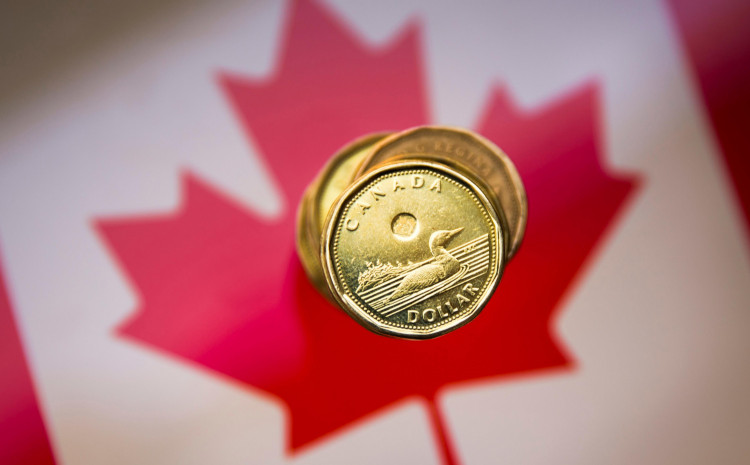The Canadian dollar (CAD), the top-performing currency of the G10 last year, will shift this year to a lateral trade course as the local market softens and the recent spark from alleviating economic jitters wanes, a survey by Reuters indicated.
The currency rallied 5 percent against the U.S. dollar in 2019, with about half of that gain accumulated in the last few weeks of the year as signs of recovery emerged in the global economy and as the U.S. and China moved towards an interim trade agreement.
The currency was up 5 percent versus the US greenback in the final quarter of last year, as signs of a rebound in the global economy emerged and as Beijing and Washington inched toward an interim trade accord.
Canada is a huge player in the export and of oil and other commodities, so the country's economy is more trade-reliant compared to other countries, including the US.
According to Desjardins top market analyst Hendrix Vachon, risks were diminished considerably in the final months of 2019, lifting the CAD and several other currencies. Vachon pointed out that they don't expect "another significant risk reduction" in the coming months.
The estimated loss of upside momentum for the Canadian currency follows recent figures that point to a local economy slowing down that may keep the window open to interest rate cut by the Bank of Canada.
Canada's central bank maintained its benchmark interest level at 1.75 percent in the midst of some of its major peers' monetary easing, including the US Federal Reserve and the European Central Bank.
Data in recent weeks showed that Canada's economy shrank in October by 0.1 percent and shed more than 70,000 jobs in November. The December Employment Report is due on Friday.
Bloomberg's survey of more than 40 foreign exchange analysts showed they anticipate the Canadian dollar to slide 0.5 percent to 1.31 per US dollar, in the next three months. "We would rather hinge on a flat trajectory for the CAD for the short-term," Vachon noted.
For the fourth quarter, some economists are planning annualized growth of just fewer than 2 percent. The Bank of Canada reported a growth of 1.4 percent in the fourth quarter in October.
Meanwhile, four of the five major Canadian finance institutions see the central bank to trim down rates at least once by the end of this year, a November survey by Reuters showed, Thursday. Money markets see the possibility of a 50 percent easing in the same period.





